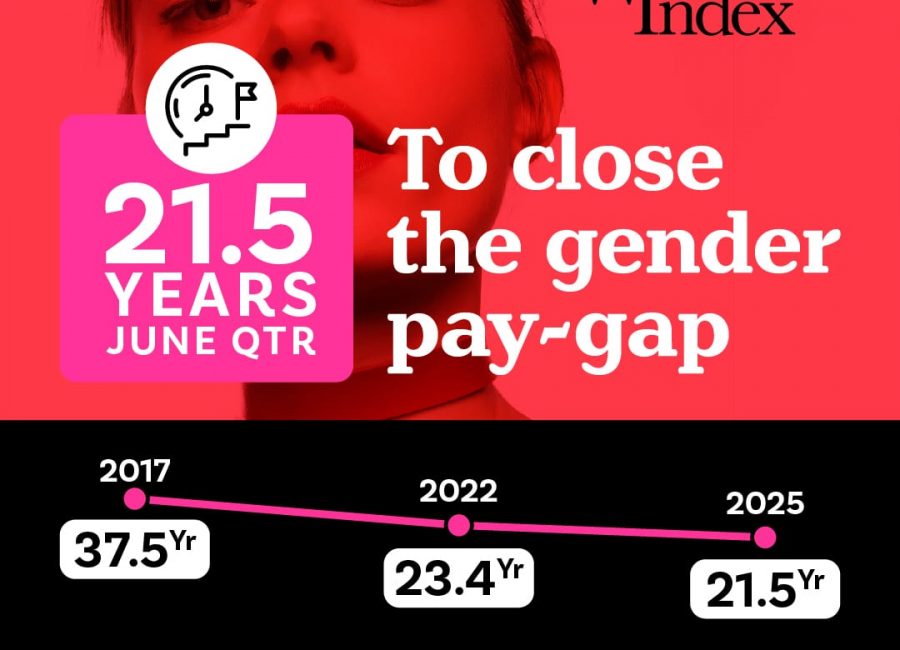Today is International Day of the Girl Child, a time to recognize the need for greater gender equality and economic prosperity for girls worldwide.
To mark the day, we are counting down to the next instalment of the Financy Women’s Index, which looks at where economic progress is being made for women and where it’s not.
While women in Australia have access to more opportunities in terms of career, education, legal support and healthcare, than many others in developing nations, we are not without our challenges.
International Day of the Girl Child aims to shine a light on inequality and injustices happening to girls every day, and everywhere. Such incidents include violence and financial insecurity.
Many young Australian girls probably don’t know that we have a lot of work to do in these areas, and to ensure that they have a bright future.
They probably don’t know that if they graduated from high school today, they’re likely to earn less on average than their male peers, or that they would be more likely to have to take career breaks to care for their loved ones, or that their choices of study after high school could result in them working in lower paying industries.
These are all facts that the women of Australia live with each day, and which the Financy Women’s Index has identified.
But these facts are not good enough for our girls or young women of the future and this is why change is needed through education.
In declaring October 11, as International Day of the Girl Child, the United Nations notes on its website:
“If effectively supported during the adolescent years, girls have the potential to change the world – both as the empowered girls of today and as tomorrow’s workers, mothers, entrepreneurs, mentors, household heads, and political leaders.”
To better support girls, we need to not only tell them about the challenges we face, but empower them with the tools to overcome problems.
For instance, the March Financy Women’s Index found that over 70 per cent of Australian women study careers in low paying sectors.
We need to start telling young women what careers are trending such as information technology, and what careers are paying women well.
We also need to educate women on the impact of having children and what it means to their pay, their superannuation and careers.
We are not saying, don’t have children, rather, we need to have open discussions around what actually happens and what support is available to them through childcare.
Bottom line, International Day of the Girl Child is a day to get talking about what needs to be done to help girls and to start doing more to make that happen.












